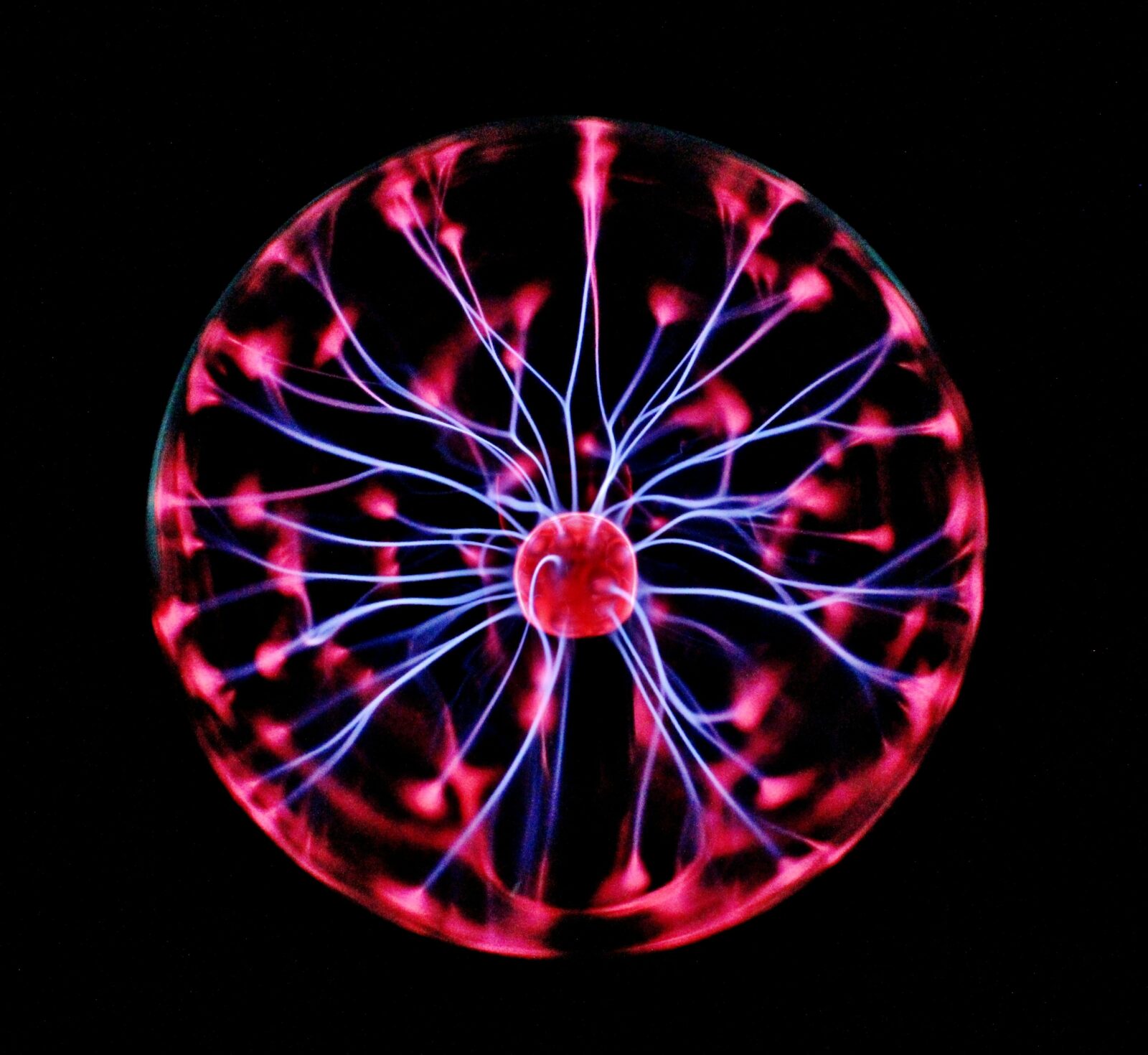
The mitochondria in your body are known for the ability to generate energy for cells. You may find them referred to as the powerhouse of the body. They also have some other amazing capabilities and play a key role in other life processes.
In fact, the United Mitochondrial Disease Foundation suggests that only 3% of a single mitochondrion’s genetic makeup is designated to produce energy for that single cell.
Mitochondria are organelles in every cell of your body. Each has its own DNA, and they generate up to 90% of cellular energy through the production of adenosine triphosphate (ATP). Mitochondria play a role in every major metabolic function.
Mitochondria are found in varying levels in different tissues, and they are configured to function for their specific tissue. For instance, mitochondria in the liver are configured to transform ammonia into a waste substance called urea. This differentiation of mitochondria demonstrates how environmental and genetic factors can influence their function.
Physiological Effects of the Mitochondria:
Members Only Content
To continue reading please subscribe to WellnessPlus by Dr. Jess MD
Be your own best doctor with our comprehensive suite of online health coaching tools.
